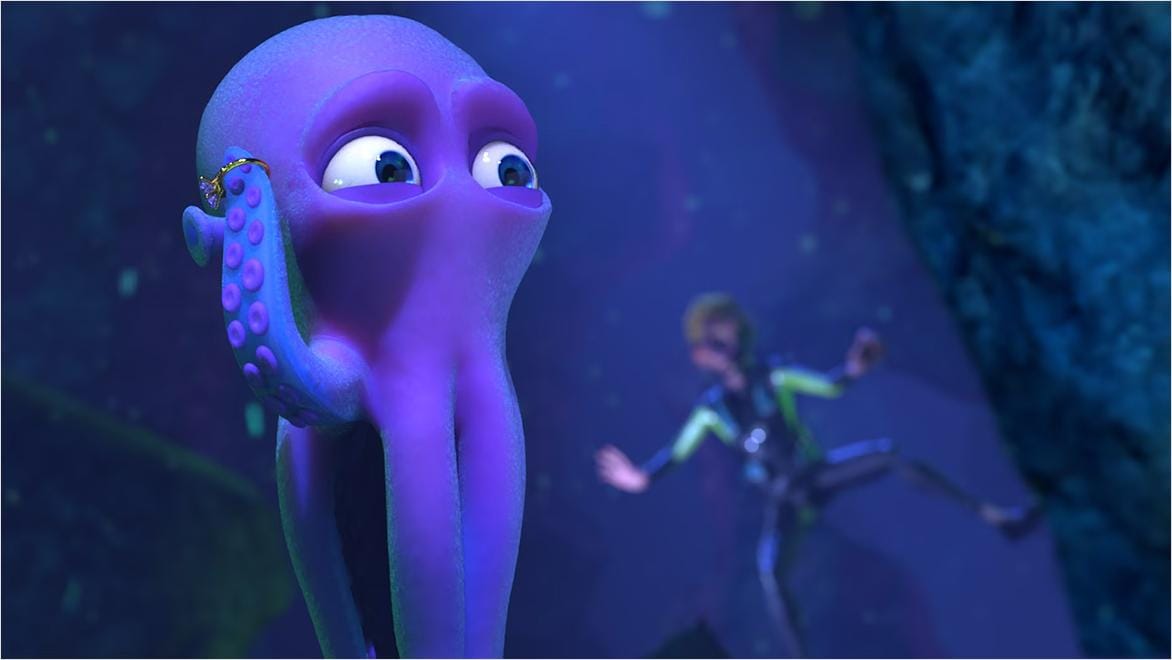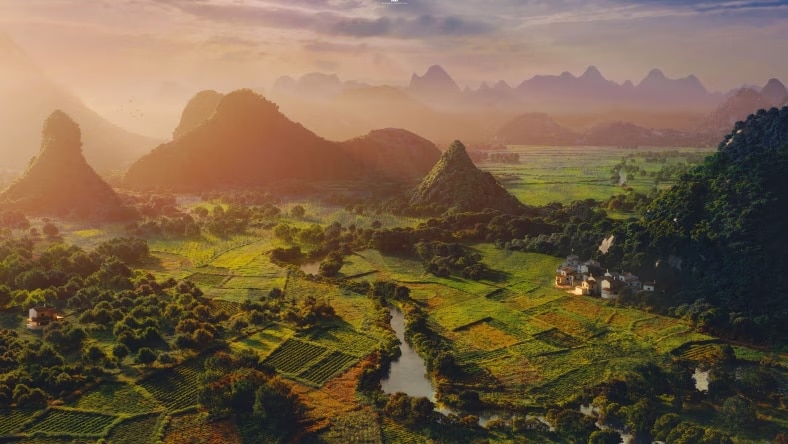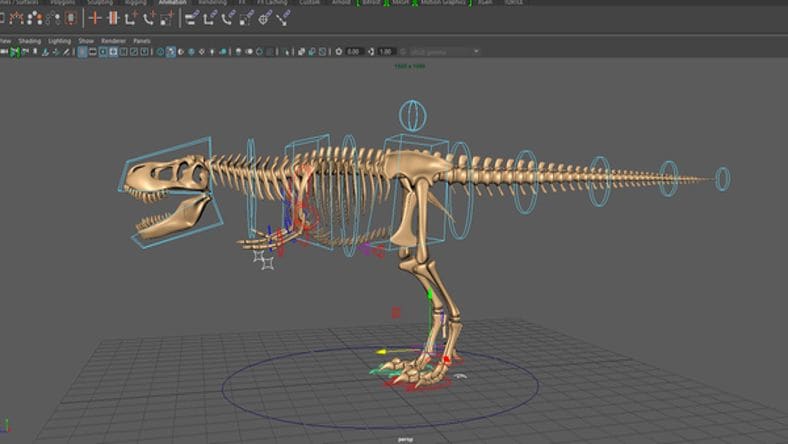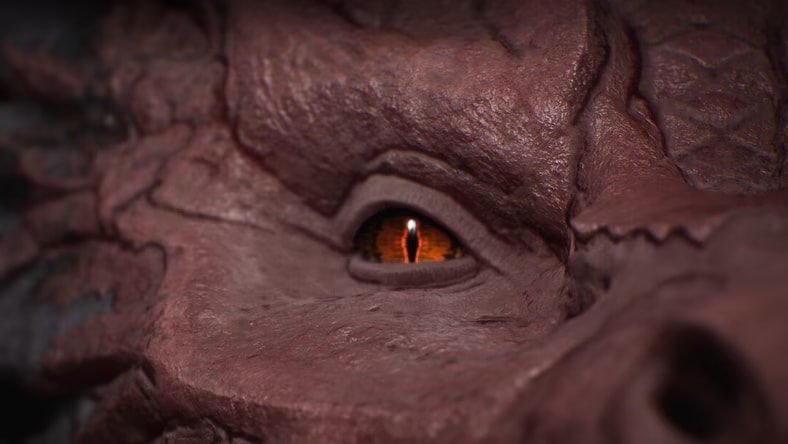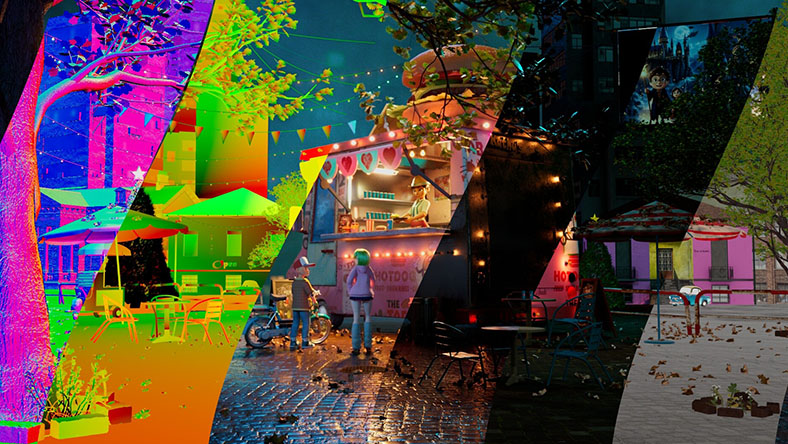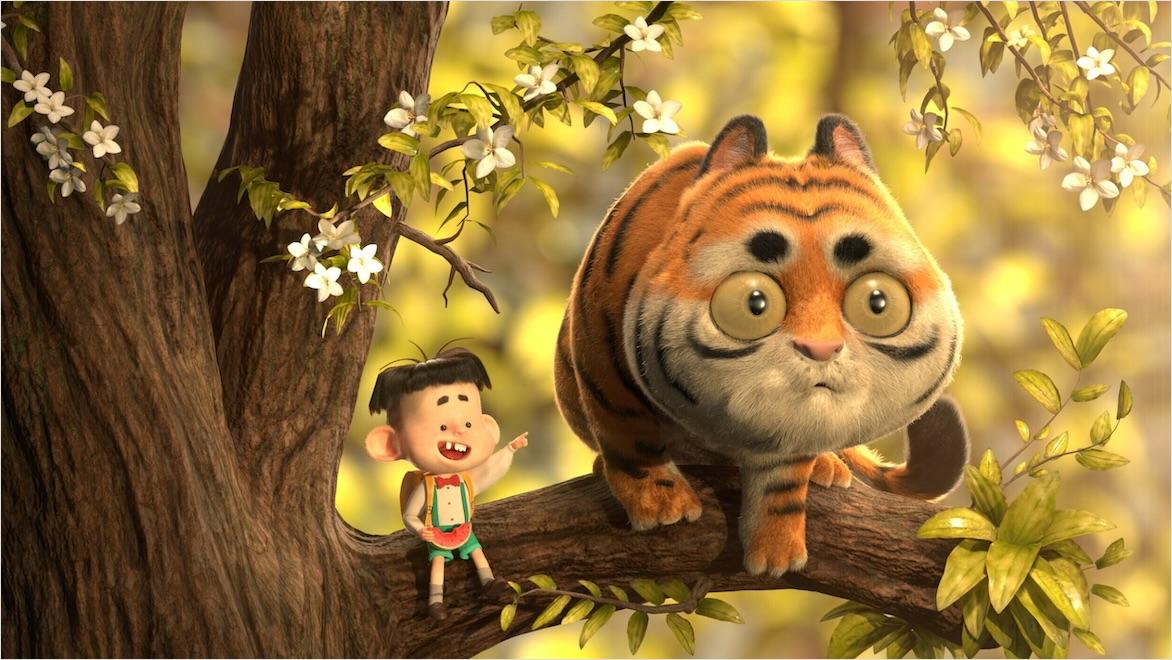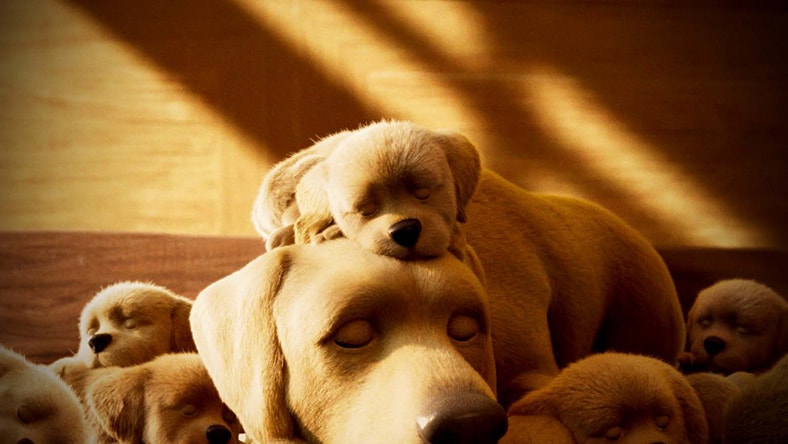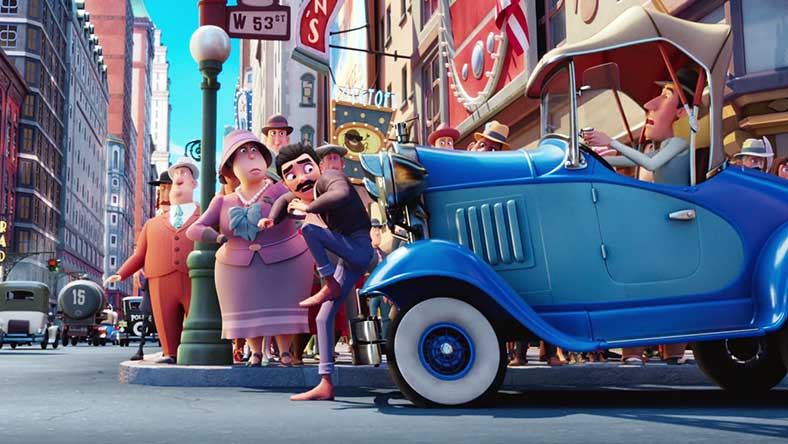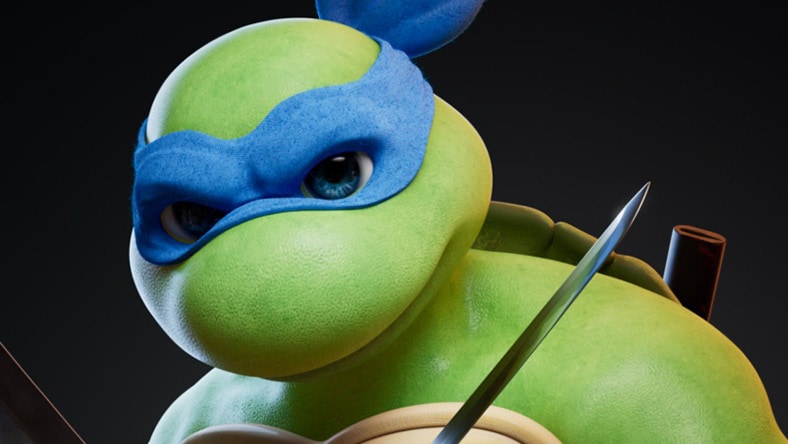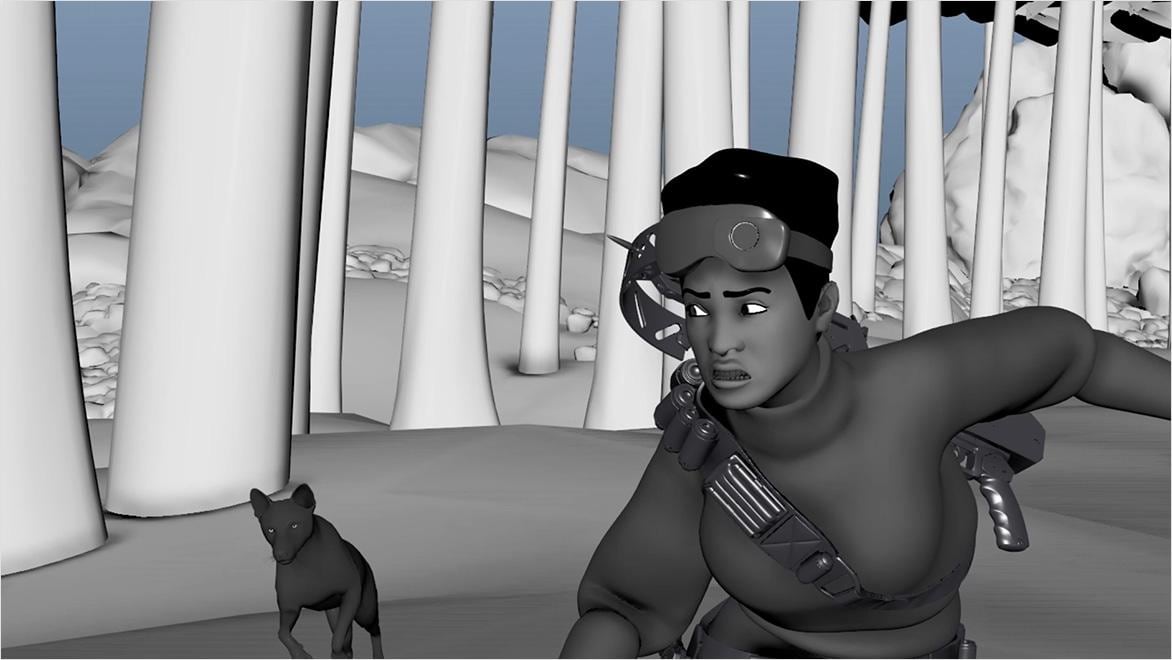& Construction

Integrated BIM tools, including Revit, AutoCAD, and Civil 3D
& Manufacturing

Professional CAD/CAM tools built on Inventor and AutoCAD
Cartoon animation is the art of bringing static drawings to life and transforming still images into a vibrant, moving story. The process turns lines and colors into characters and worlds that capture hearts and spark imaginations.
3D animation cartoons take the craft further, fusing artistic principles with new technologies so you can watch the past and future of animation dance together on screen.
While traditional animators painstakingly crafted each frame by hand, modern 3D cartoon animation uses sophisticated software to create fluid motion and automatically render lifelike transitions.
Explore how cartoon animation transforms an idea into an incredible character and story.
Where imagination takes flight. Animators brainstorm character movements, expressions, and actions that tell the story. You sketch animations called ‘thumbnails’ to visualize the flow of movement, deciding how your characters will move through the world to express emotions and drive the plot forward.
Image courtesy of Rashed Abdullah.
Next, it’s time to build the bones of your animation. For 2D cartoon animation, this means drawing key poses that define the major points of an action. 3D animation cartoons are about building a digital ‘rig’ that allows the character to move. This skeleton is the foundation of your animation, determining how flexible and expressive your character can be.
Now the real magic begins. Animation brings your character to life, creating smooth movements between those key poses. In traditional cartoon animation, you’d draw lots of in-between frames. For 3D, you instead manipulate the character’s rig to effortlessly create motion. Timing and spacing are crucial here to give your character its unique personality and energy.
Image courtesy of Ludovico Totire.
This final polish involves making your character your own. Everything from textures and fine details to hair movement and cloth physics, this is where you convey meaning and emotion. A 3D animation cartoon might include fine-tuning deformations or adding dynamic simulations for extra realism.
Image courtesy of Prasanth Chundakkattil.
From hand-drawn flip books to rendered digital universes, cartoon animation has come a long way.
Pioneering work by Disney and Warner Bros. between the 1920s and 1940s established the techniques of cartoon animation. These early methods saw artists draw or paint every frame to be made into short loops or entire feature films.
But artists (along with software engineers) later realized that computers can do the same thing.
Pixar spearheaded taking character rigs and programming simple instructions about movement, camera angles, and light levels. Computer animation then exploded onto the scene. We were given breathtaking 3D stories, including Toy Story (1995) and Shrek (2001).
Today, almost every major 3D cartoon animation project has CGI elements and post-production. The 2012 Disney short, Paperman, shows the lines between 2D and 3D blur as animators mix techniques to create unique visual styles that continue to push the art form's boundaries.
From stormy seas to windswept hair, Autdoesk’s cartoon animation software lets you explore your scenes from any angle imaginable. With Maya, 3ds Max, and MotionBuilder, you can automate the simulation of these complicated elements and place your virtual camera anywhere inside your animated environment.
Build your setting within the software to shift perspectives and completely change a scene’s emotional context. Advanced pipeline management can also help make production management, asset, and milestone tracking seamless.
Scale your studio’s rendering and simulation capabilities, while equipping artists with powerful modeling and animation tools
Create stunning VFX with AI you control. Turn your footage into CG scenes you can direct, edit, and export - using AI-powered mocap, camera tracking, animation, and compositing tools.
See how top studios create fantastical worlds and lovable characters using cartoon animation.
IGNITE STUDIOS
Director Jamy Wheless offers a behind-the-scenes look at how a global team of creatives joined forces to produce a heart-warming, animated short film.
Image courtesy of Ignite Animation Studios.
L’ATELIER ANIMATION
The animation studio’s first project to receive an Academy Award reimagines the classic children’s tale through stunning stop motion.
Image courtesy of L’Atelier Animation.
RICKY BABA
After teaching himself 3D animation, Ricky Baba broke into the animated film industry and went on to work on projects for companies like DreamWorks, as well as in video games.
Image courtesy of Ricky Baba.
Autodesk is committed to helping educate tomorrow’s leaders. Get free access to our entire portfolio of products with the Autodesk Education plan.
As artificial intelligence (AI) and machine learning (ML) become more advanced, so too does the creative process of cartoon animation. You can now focus more on storytelling and less on tedious tasks, letting your ideas take the lead.
With interactive experiences, virtual reality (VR), and augmented reality (AR) blending with traditional cartoon animation techniques, the stories of tomorrow will be told in ways we can only begin to imagine.
Tools like MotionMaker use AI to generate character motion for you to work off so you can focus on crafting and iterating an incredible performance.
Find exclusive animation learning content, get visionary industry insights, and go behind the scenes into a world of realistic 3D characters, exceptional effects, and expansive worlds.
Get industry insights, news, and trends in animation, visual effects, games, visualization and production, as well as case studies from studios and companies using Autodesk tools
Learn how director Cinzia Angelini recruited 350 collaborators from across the world to work remotely on her animated short film Mila (2021).
From beginner- to experienced-level tutorials, find free learning videos about Maya, animation, and beyond.
Explore animation organizations, education options, events, networking forums, and more tools to help you get ahead in your animation career.
Create Infraworks storyboards to feature full-motion animations with titles and captions to better communicate the design and intent of your project.
Like traditional handmade animation, CGI cartoon animation works by designing your world and the characters who will inhabit it—all with a style of their own.
Rather than hand-sketching or sequentially painting every frame, cartoon animation is the process of using motion, lighting, and camera-position parameters and rules in software. The computer then automatically renders each frame, breaking motion down into changes between frame states.
There are many advantages of using cartoon animation software. Here are just a few of the ways you can work smarter:
In basic terms, 3D adds depth to a scene or frame. Traditional animation comprised flat, two-dimensional drawings, with drawn background elements providing the illusion of depth behind foreground elements. 3D cartoon animation software builds a 3D space in which to situate characters, landscapes, backgrounds, and other elements that are necessary to build the story of a scene. Those elements are positioned in the space, and viewers’ eyes respond to those 3D spaces the same way they do in the real world.
A cartoon animator brings characters and stories to life by creating sequences of images that simulate movement. They combine artistic skills with cartoon animation software to design, animate, and refine scenes for movies, TV shows, games, and other digital content.
Artists often use cartoon animation software like Autodesk’s Maya, 3ds Max, and MotionBuilder to create and refine their visions. These tools provide a wide range of features, from drawing and rigging to 3D modeling and special effects, enabling animators to make their dreams real.
